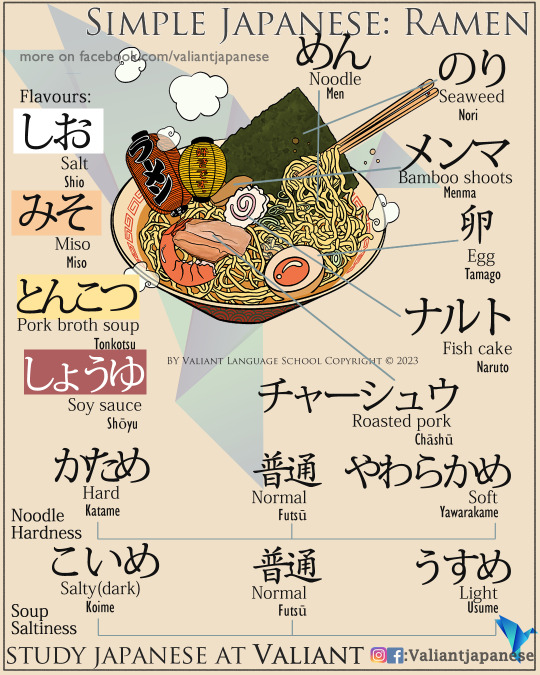#nihongo
Text
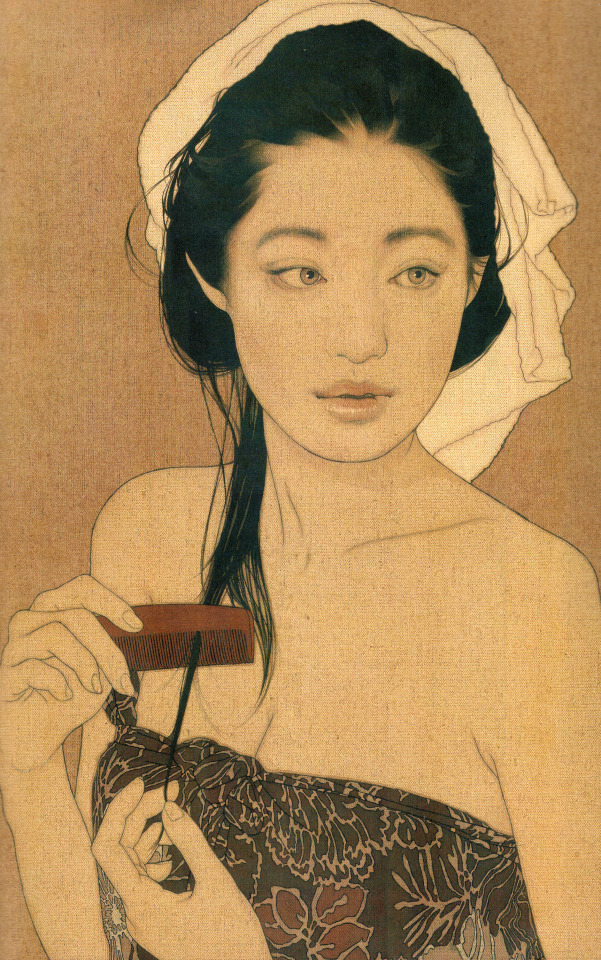
Yasunari Ikenaga: '朱い櫛 樹子' red comb and jiko (2013)
#yasunari ikenaga#朱い櫛 樹子#red comb and jiko#2013#yasunari ikenaga archive#linen#cloth#textile#nihongo#mucha#klimt#illustrations#paintings#japan#my scan
6K notes
·
View notes
Text




Hihi! I took a break from properly posting but I’m back to announce that my language learning has never been more consistent !!! I’ve been relearning Deutsch and 日本語 using textbooks en Français- which helps me to learn all 3 languages at once :’)
#pictured a lil trip to a Japanese bookshop + some jap exercises + a tasty breakfast my bf & I had! 🍊☕️🥞#studyblr#light academia#cottagecore#studyspo#langblr#bookblr#romantic academia#Paris#fairycore#Japanese#nihongo
3K notes
·
View notes
Text

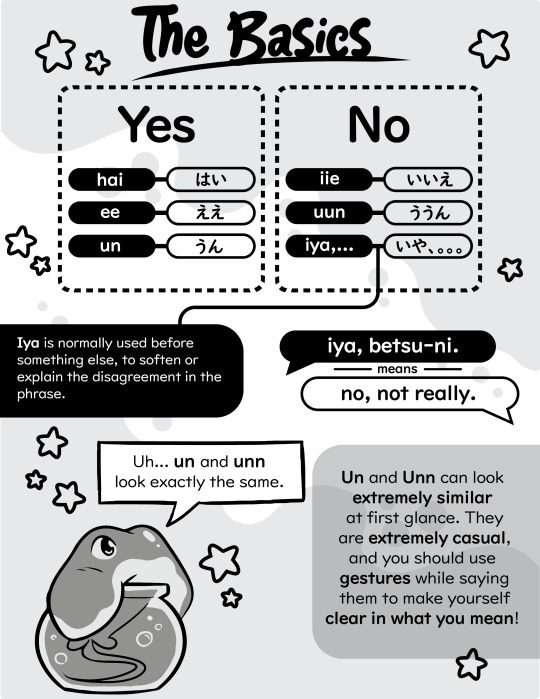
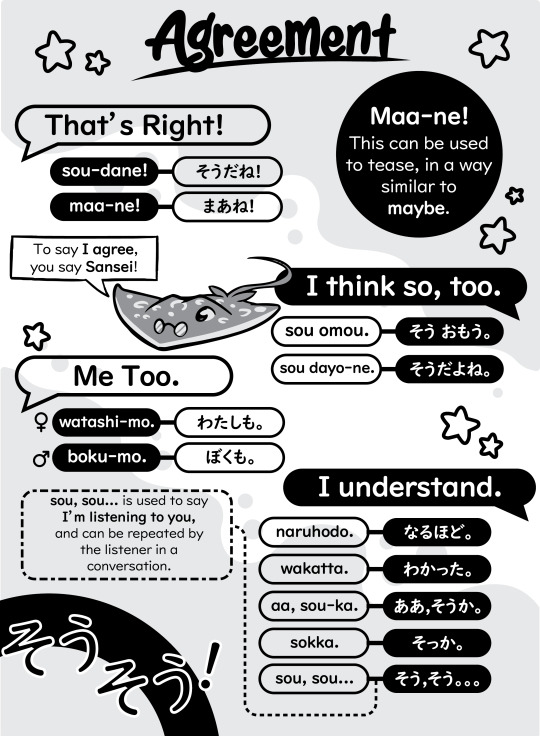


2K notes
·
View notes
Text
いろどり · irodori - Japanese for life in Japan
(。•̀ᴗ-)✧ resources

IRODORI is a useful website made by The Japan Foundation. It is a series of 3 textbooks, with audios and materials completely free, focusing on developing skills useful for life in Japan.
Whether you are planning to come to Japan in the future and want to learn what you should be able to do before you arrive, or whether you are already living in Japan and wish to check your Japanese ability and increase the number of things you can do, we sincerely hope that this textbook will help you achieve your goals. - "what is irodori" website page.
The textbooks are super organized, divided in: starter (A1), elementary 1 and elementary 2. Finishing elementary 2 means having an A2 level [At A2 level, you can hold short, basic everyday conversations on familiar topics.]
I recommend styling your learning method with the goal you have in mind. You can understand more about it reading the post I made.
Hope it was helpful! Let me know and let's share resources~
またね~@inkichan
꒰ა ˚₊ ✧・┈・╴﹕꒰ ᐢ。- ༝ -。ᐢ ꒱﹕╴・┈・𐑺 ‧₊˚໒꒱
#japanese#nihongo#studyblr#japanese langblr#langblog#japanese studyblr#日本語#resources#japanese resources#free resources#japanese free resources#textbook#free#free textbooks#pdf#japanese pdf#learn japanese#learning japanese
563 notes
·
View notes
Text
An aquarium toilet in Akashi, Hyōgo. Japan
Follow us for more contents ValiantJapanese
826 notes
·
View notes
Text
改まった形|Polite Forms
In formal settings like in a business meeting or at a public gathering some words are switched with politer forms. You often hear them when somebody is giving a speech, holding a presentation or on TV. But they appear in written form as well, especially in business context. Basically, everywhere where keigo is used, it is also expected to apply politer forms.

#文法#敬語#japanese langblr#langblr#studyblr#study movitation#learning japanese#japanese vocabulary#japan#japanese#study blog#study notes#language blog#keigo#japanese studyblr#japanese grammar#japanese language#日本語#日本語の勉強#nihongo
150 notes
·
View notes
Text
Kenny Omega Speaks Japanese Fluently and Shocks The Audience
#Kenny Omega#New Japan Pro Wrestling#AEW#All Elite Wrestling#NJPW#AEW Dynamite#Korakuen#Nihongo#AEW Rampage#New Japan#AEW Collision#Japan
191 notes
·
View notes
Text
Credit to @japanese_with_josh
I found this really helpful to hear a real life situation- not just from a textbook!
#japanese#language learning#studyblr#日本語#japan#langblr#japanese grammar#study japanese#nihongo#study#learn japanese#langblog#study kanji#travel#jlptn5#kanji#languages#language study#study abroad
661 notes
·
View notes
Text
The 6 Differences Between は and が
DIFFERENCE 1
The important fact is AFTER は
• この犬は私のベットです。This dog is my pet.
You want to emphasize that this is not a stray dog. It is not someone else's pet dog. It is MY PET. So anything comes after は is the main part you want the listener to pay attention to.
The important fact is BEFORE が
• この犬が私のベットです。This dog is my pet.
You want to emphasize that THIS IS THE DOG that is my pet. Not other dogs. Imagine you're at a park and there are 3, 4 other dogs playing together with your dog and you want to tell your friend that THIS DOG is the one that is your pet dog, other dogs are not yours. So, what comes before が is the main part you want to tell the listener.
More examples:
• このケーキはおいしいです。This cake is DELICIOUS! (You want to tell your friend that this cake is indeed very good. Your emphasis falls on おいしい, so you use は, because the important fact is AFTER は.
• このケーキがおいしいです。THIS CAKE is delicious. (You want to tell your friend that among all the cakes on the buffet table, this particular cake you are pointing to is the most delicious one. Others are not good.) Your emphasis falls on このケーキ (THIS CAKE), so you use が, because the important fact is BEFORE が.
DIFFERENCE 2
New information and things that you mention for the first time, use が. Old information or topics that have been mentioned earlier but is now repeated again, use は.
• 学校にマイクという男がいます。There is boy named Mike in my school.
You started the conversation with your friend by saying there's a new student named Mike in the school. That is the first time you mentioned Mike. It is new information, therefore use が.
• マイクはアメリカ出身です。Mike is from America.
You mention Mike the 2nd time now and it is no longer a new information. It is considered old information, therefore use は.
DIFFERENCE 3
Stating facts without adding your personal opinion or judgment use が. By adding your own opinion or judgment, use は.
• 外に猫がいます。There is a cat outside.
You are just merely stating a fact that there is a cat outside. This sentence doesn't include your description about the cat. No personal opinion or judgment about the cat.
• あの猫は白いです。The cat is white in colour.
You are putting your description, your judgment into the sentence about the cat. When you are adding your own thoughts, opinion, description about something, use は.
• 日本の料理はおいしいです。Japanese food is tasty.
You are putting your opinion/judgment about Japanese food in your sentence, therefore, use は.
DIFFERENCE 4
When you make comparison, use は. When you eliminate other options, use が.
• お茶は好きですが、コーヒーは好きじゃありません。I like tea but I don't like coffee.
DIFFERENCE 5
If two actions are done by the same person, use は. If two actions are done by two different persons, use が first, then use は for the second action.
• 私はごはんを食べるとき、テレビを見ます。I have my meal and I am watching TV.
• 私がごはんを食べるとき、父はテレビを見ます。When I have my meal, my father watches TV.
DIFFERENCE 6
To modify a phrase into a noun, use が.
• これは彼女が作ってくれたケーキです。
What cake is this? This is the cake that is baked by my girlfriend. The phrase 「彼女が作ってくれた」 is to modify the cake, to describe about the cake.
Quiz Time
• 部屋は広いです。
• 部屋が広いです。
In English, both sentences mean "The room is spacious." But what is the difference?
In 部屋は広いです, it shows a comparison contrast nuance (read DIFFERENCE 4). If you say this, the listener will believe that you are making a comparison of this room with all the other rooms in the house. You want to say this room is spacious, whereas the other rooms are smaller in size.
In 部屋が広いです, you are merely stating a general fact about this room being spacious (read DIFFERENCE 3). You are not making any comparison. Your sentence has no added personal judgement or opinion. You are stating a fact about the room being spacious.
#japanese#nihongo#studyblr#study blog#study japanese#study motivation#learning#learn japanese#language#grammar#jlpt#jlpt n5#jlpt n4#jlpt n3#jlpt n2#jlpt n1
140 notes
·
View notes
Text

蔓日日草[Tsurunichinichisō]
Vinca major
蔓[Tsuru] : Vine, creeping plant
日日[Nichinichi] : Day by day; every day; daily
草[Sō] : Grass, herb
When I was passing through a dreary village, many these vines were crawling out of the yard of a house that has been uninhabited for several years, and some of them were beginning to produce some flowers under the drizzle that had just started to fall. It is a naturalized plant native to Europe, not only the flowers but also the leaves are suitable for appreciation, but is highly fertile and will spread if left unchecked. When the weather warms up a little more, they will produce much more flowers in the place that no one will ever see.
Incidentally, 黒澤明[Kurosawa Akira]'s film Sanjuro(椿三十郎[Tsubaki Sanjūrō]) was based on the story 日日平安[Nichinichi heian](Everyday in peace) by 山本周五郎[Yamamoto Shūgorō]. This story has recently entered the public domain.
https://www.aozora.gr.jp/cards/001869/files/57728_75665.html (ja)
https://www.youtube.com/watch?v=Uq_rSsbhQnE
77 notes
·
View notes
Text
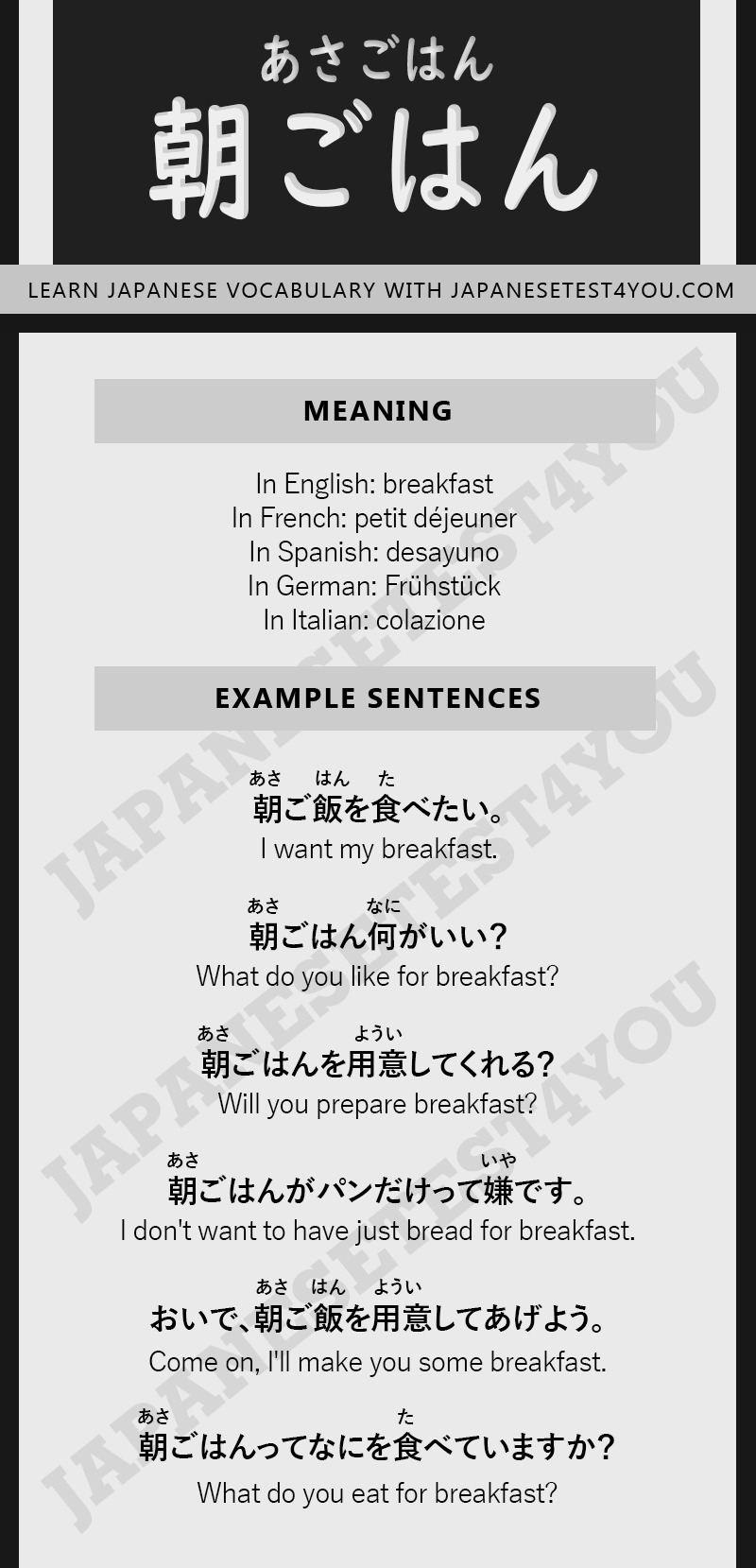
Batch download Japanese vocabulary infographics
#japanese#nihongo#japan#learn japanese#languages#jlpt#jlpt n5#japanese vocabulary#japanese langblr#japanese language#learning japanese
74 notes
·
View notes
Text

Yasunari Ikenaga: '血脈 樹子' bloodline tree child (2012)
#yasunari ikenaga#池永 康成#yasunari ikenaga archive#2012#linen#cloth#textile#nihongo#mucha#klimt#paintings#illustrations#japan#my scan
619 notes
·
View notes
Text

Worduction
#詩#現代詩#poem#poetry#visual poetry#文学#視覚詩#japanese#実験詩#concrete poetry#poésie visuelle#visual poem#vispo#nihongo#日本語#コンクリートポエトリー#コンクリートポエム#コンクリート・ポエトリー#コンクリート・ポエム#具体詩
106 notes
·
View notes
Text
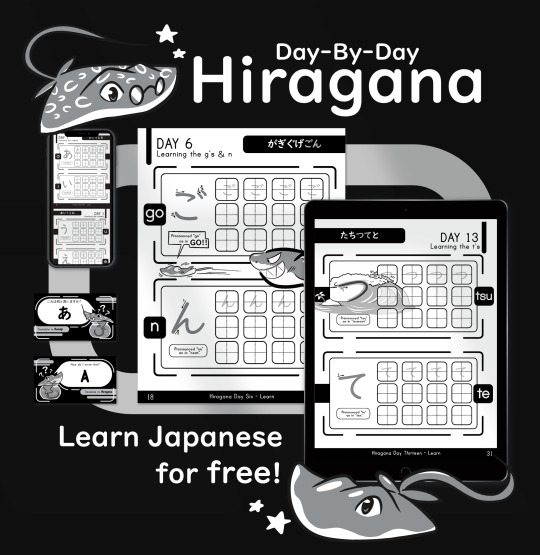
Download our free PDF now!
Day-By-Day Hiragana is made to teach you an important phonetic way of writing, so you can begin learning Japanese. You can also find out free games, flash cards, and handwriting guides to help you master the kana! Everything is 100% free, so download it now!
960 notes
·
View notes
Text
YouTube Channels for Kids by JLPT Levels
(。•̀ᴗ-)✧ resources
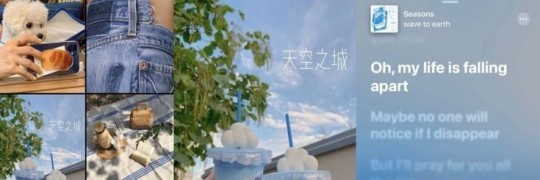
こんにちは, Japanese learners! Learning a language is an exciting adventure, isn't it? To add a spark of joy to your Japanese learning journey, here's a collection of YouTube channels tailored for kids. Organized by JLPT levels, these channels offer a blend of education and entertainment for learners at different stages. Keep in mind, though, that JLPT levels aren't an exact science like math – language learning can be subjective in terms of difficulty. However, these resources provide a fantastic starting point and a fun way to explore the world of Japanese language and culture. Let's hop into this delightful world of animated learning and playful discoveries!
Friendly reminder to adjust your way of learning in order to make the most of what you're studying to reach the goal you truly want! read my post about it (ᵔ◡ᵔ)
꒰ა ˚₊ ✧・┈・╴N 5 ╴・┈・𐑺 ‧₊˚໒꒱
— Curious George (N5 level)
— Japanese folk tales/anime series (Japanese audio/Japanese subtitles) from BomBom Academy (N5 level)
— Peppa Pig (N5-4 level)
— Anpanman (N5-4 level)
— NHK education (N5-4 level)
꒰ა ˚₊ ✧・┈・╴N4 ╴・┈・𐑺 ‧₊˚໒꒱
— Cinnamon Roll, Sanrio (N4 level)
— [Anime] Atashin'chi (N4-3 level)
꒰ა ˚₊ ✧・┈・╴N3 ╴・┈・𐑺 ‧₊˚໒꒱
— Sesame Street Japan (N3 level)
— Chibi Maruko Chan (N3-2 level)
꒰ა ˚₊ ✧・┈・╴N2 ╴・┈・𐑺 ‧₊˚໒꒱
— Precure (N2 level)
またね~@inkichan
꒰ა ˚₊ ✧・┈・╴﹕꒰ ᐢ。- ༝ -。ᐢ ꒱﹕╴・┈・𐑺 ‧₊˚໒꒱
#japanese#nihongo#studyblr#learn Japanese#learning Japanese#japanese langblr#langblog#japanese studyblr#日本語#study japanese#japanese resources#free resources#resources#japanese free resources#youtube#JLPT#JLPT N5
276 notes
·
View notes
